Service Design Award 2020/21 Finalist Project
Future of facilitation: digital blueprinting on a global scale - by Xero
Category: Professional Commercial
Client: Inhouse Project
Location: Australia

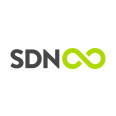
We're a global small business, accounting and bookkeeping software-as-a-service company with 3,000+ employees committed to building beautiful experiences for our 2 .38 million subscribers, located across 20 offices in eight countries.
Category: Professional Commercial
Client: Inhouse Project
Location: Australia
We established our service design team in May 2019. Our initial goal was to ensure our people, processes and technologies were aligned behind the scenes and we were continuing to deliver a beautiful experience ‘on stage’ for our 2.38 million subscribers around the world.
The challenge we faced in this project was two-fold:
As a software company delivering experiences across multiple cultures, and very different audiences, documenting and exploring all journeys can be complex. Complexity is twofold - internally to collaborate remotely with hundreds of staff, and externally to understand and capture all the nuances that makes those audiences unique.
Our project goals were to:
The challenge had many dimensions. The service design team was newly-formed (with four contractors and only one permanent team member!), we had not mapped the experience in our 14 year history, and many staff had not experienced or heard of service blueprinting as a method.
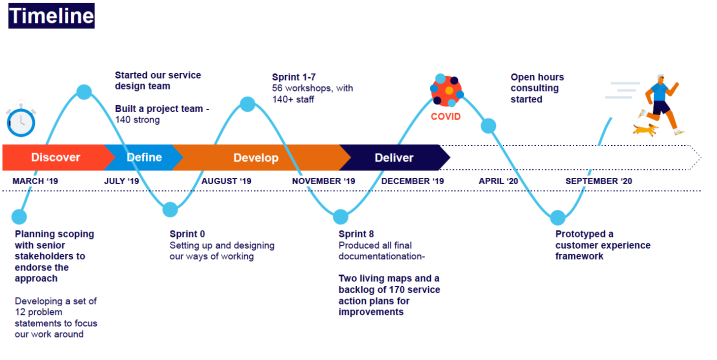
Our ambition was to develop living blueprints that the business could use ongoing. Mapping the current state of two complex services in 17 weeks means you have to move fast. Our process encompassed six steps:
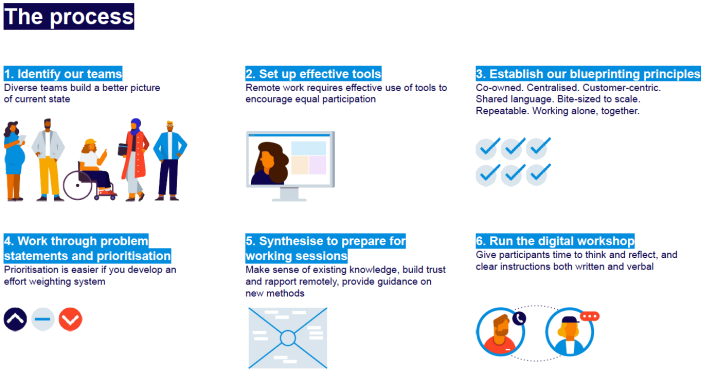
This project was successfully completed, producing two living service blueprints allowing us to better understand the end-to-end customer experience.
Our blueprints mapped 35 channels and functions, broke the experience into 17 episodes, documenting more than 65 core customer actions across two key audiences. We captured every opportunity we identified in a log, and provided an identification number so that it could be traced back to the single touchpoint in the blueprint.
These maps show how our people and processes are connected, and how that relates to the experience our customers have with us. What’s really powerful is that everything - right down to a single arrow, post-it or comment - is searchable and linkable. No more dog-eared posters collecting dust in drawers or desperately scrolling through pixelated photos of post-its for that killer quote. It’s all there in one digital place.
The maps are kept up-to-date, so our staff can use them to understand the current state of the experience their area delivers and identify any immediate opportunities. Blueprinting has enabled us to create a shared understanding of the services we deliver, create visibility and help disconnected teams work together in more focussed and deliberate ways. Aligning staff around the customer episodes has become the best way to break down internal departmental silos and focusing on delivering experiences directly for our customers. We have aligned sales motions, marketing metrics and projects to the episodes within the service blueprint, and have started to build an entire experience framework around them.
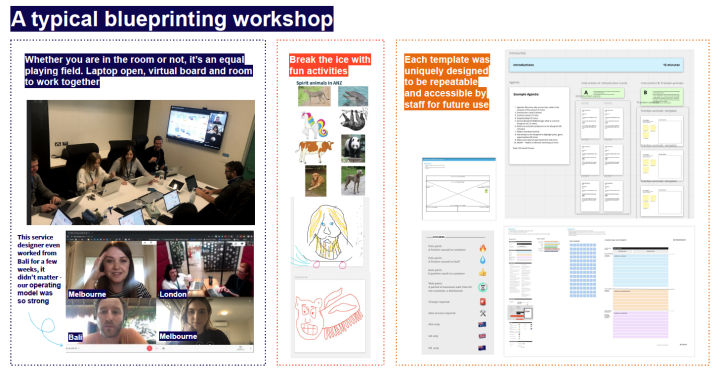
In wrapping up the project, we identified two unplanned yet very valuable outputs:
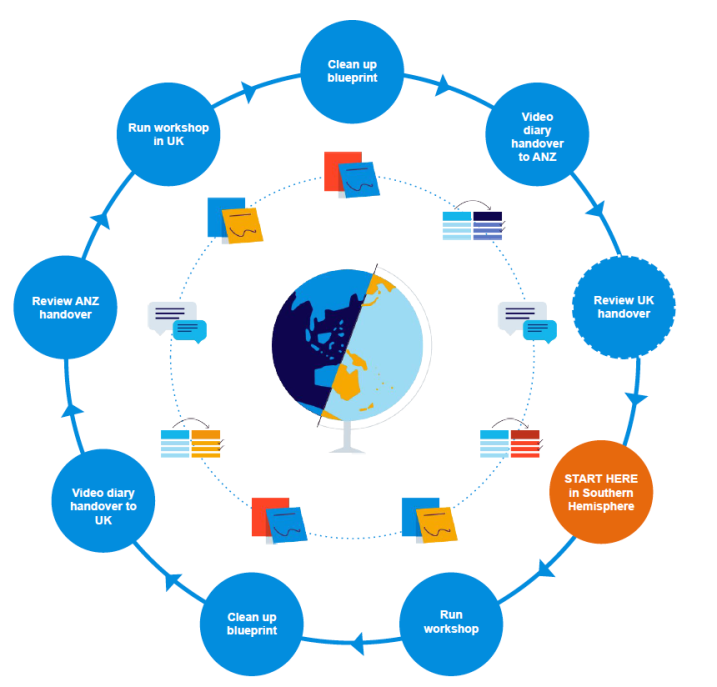
We’ve anchored staff around the saying “you don’t know what to keep or improve on, until you know what you are currently delivering”. This project highlighted the importance of understanding the complete picture of how our service is delivered to customers currently, and is being written into our global customer program framework as a critical project milestone to complete before teams start designing new
experiences.
The role of design in transformation is being realised
The key performance indicators for our service design team is to influence three key areas. This project influenced all three:
Service design is about more than a team—it’s about the whole organisation looking at the complete service. Without a way to visualise experiences, or a way of working that encourages cross-department co-creation, this cannot be achieved. This piece of work proved the need to solidify the Service Design team as a key discipline and the need to grow service design methods to all facets of the company.
Wider service design community impact
The blueprint template we created was so well loved that Miro asked us to be one of the first companies to publish templates to Miroverse. In its first few weeks of being published we had over 400 unique users!
We’ve also published our experiences on Medium to help other service designers who are having to work remote and received 4,000+ views. Teams have reached out from Ireland, Sweden, USA, Australia and NZ wanting to leverage our approach in their organisations - a real win for the global service design community.
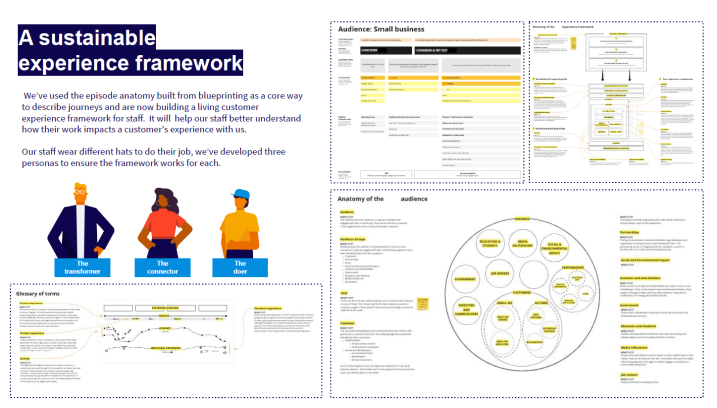
On-going impact - a new culture
Originally we set out with two goals: to map the entire customer and staff experience, and determine how to work as a service design team 100% remote. What we ultimately achieved was well beyond that. We started from a groundswell of shifting mindset where teams were focused on project delivery, and moved to an experience-led delivery where staff are thinking about the experiences they create. We have piqued the interest of 140+ staff in understanding the value of having a holistic and tangible way to understand and communicate our customer's current experience.
Staff appetite to ‘lean in’ to service design methods has grown significantly
We’ve since started an ‘open hours consulting’ function where staff book appointments with the service design team to get help as they apply mapping and remote methods to their work. We are now exploring more wide-reaching learning initiatives that can scale for staff to gain an understanding of core competencies in human centred design methods, regardless of their role within the organisation.
On reflection, it may seem crazy to build your in-house service design team at the same time as mapping all your current state experiences. But we did it, and we’ve learned a lot along the way:
When Covid-19 took hold of the world, we saw how the ways of working, templates and tools we had set up in this project meant the service design practice was equipped for the disruption that working from home threw at us. While nothing can replace physical working spaces and relationships, we’ve been able to replicate most things.
We are extremely proud our work far exceeded our original remit and has reinvigorated the desire for teams to work together and understand each other’s worlds. Blueprinting may be one tool in a service designer’s toolkit but it’s an extremely powerful one if it can be adopted by hundreds of staff in a global company.
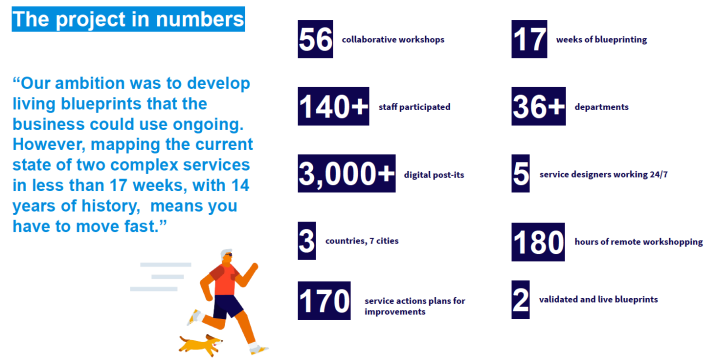
Project Team:
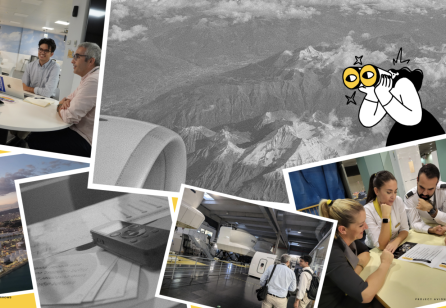
Service Design Award 2025 - Professional Commercial Finalist
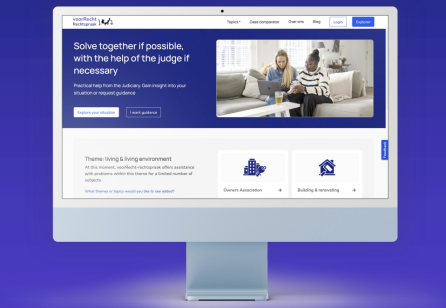
Service Design Award 2025 - Professional Non-Profit Finalist
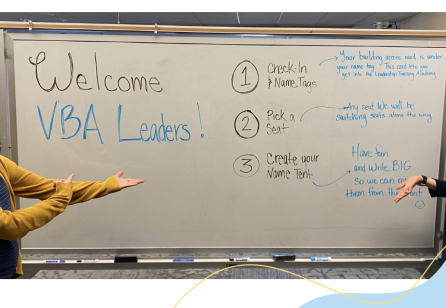
Service Design Award 2025 - Professional Non-Profit Finalist
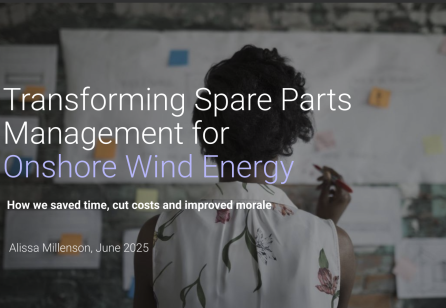
Service Design Award 2025 - Professional Commercial Finalist

Share your thoughts
0 RepliesPlease login to comment